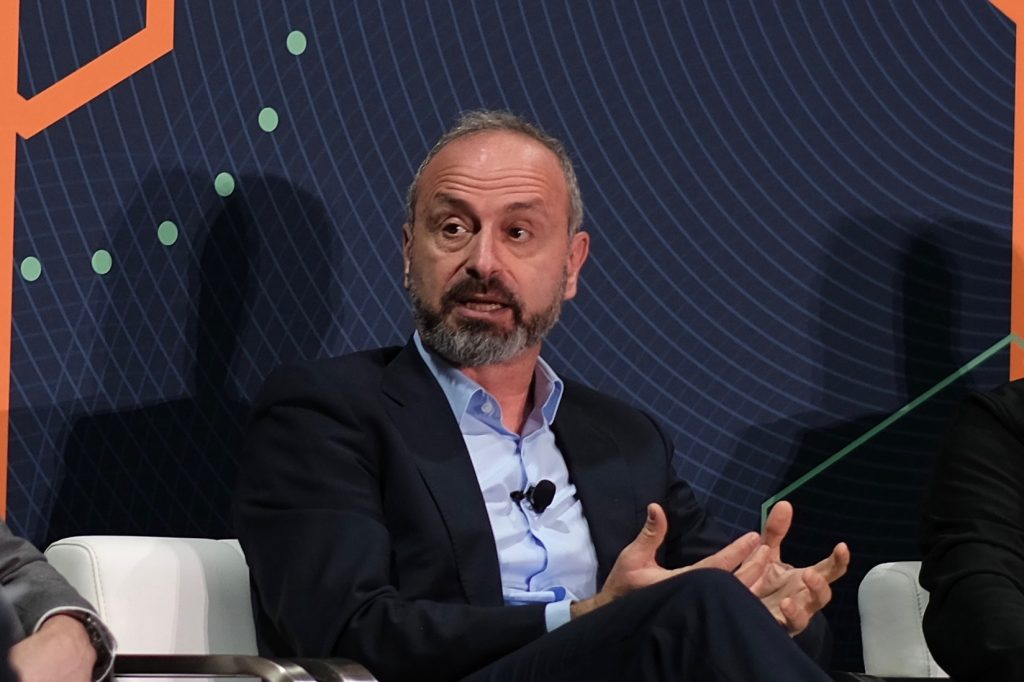A large rocket could affect the small rocket market by offering lower prices and encouraging customers to build larger satellites.
SpaceX's Starship, which can put 100 metric tons or more into low Earth orbit, has piqued the interest of companies developing vehicles that can place one metric ton or less into orbit, as it has the potential to further reshape a market already influenced by the company's Falcon 9.
Marino Fragnito, senior vice president and head of the Vega business unit at Arianespace, expressed that Starship will undoubtedly disrupt the launch and space business, potentially allowing [SpaceX Chief Executive Elon] Musk to monopolize everything.
It seems that Starship is not well-suited for launching small satellites due to its massive size. However, it could open up new opportunities for exploration, human spaceflight, and commercial space stations, rather than being used for small satellite launches.
During the panel, it was suggested that Starship could disrupt the small satellite launch markets by utilizing orbital transfer vehicles (OTVs). If Starship can achieve the proposed very low launch prices per kilogram, it could pose difficulties for small launch vehicles.
Starship's capacity and prices could impact the small launch market in other ways by encouraging satellite developers to create larger spacecraft using heavier but less expensive materials.
According to Stella Guillen, chief commercial officer of Isar Aerospace, Starship will create opportunities for satellites to grow in the same way they shrank previously when there was more room for small satellites. This may lead to a shift in the industry toward launching larger satellites.
Despite this, some do not foresee Starship dominating the market and believe that satellites may continue to shrink with technological advancements.
The discussion about Starship mirrors existing conversations and concerns about the impact of SpaceX's Transporter line of Falcon 9 rideshare missions on the small satellite market. These missions have drawn strong interest from small satellite developers, with some missions sold out up to two years in advance.
Kier Fortier, managing director of Exolaunch USA, emphasized the deep collaboration with SpaceX and the continuous effort to meet customer demand for most of the missions undertaken by the company.
He said the same applies to the new line of SpaceX rideshare missions called Bandwagon, which will go to mid-inclination orbits instead of the sun-synchronous orbits used by Transporter. He mentioned that there is a strong interest in this.
However, other launch vehicle companies argue that Transporter missions are so appealing to customers because SpaceX charges prices that seem unrealistically low to them. Fragnito noted that they now focus on launching larger satellites, stating, “We don’t compete with Transporter missions. You have to compete with an unreasonable level of pricing.”
Guillen suggested that companies like hers should pay less attention to SpaceX. She argued, “A good point for us is not to concentrate on playing catchup, because there’s no point. Playing catchup and trying to figure out how SpaceX is doing things or not doing things, without knowing what the future will be, is irrelevant.”
She added that what is needed is to encourage and stimulate the market as a system to have the capacity and demand for what they are providing.
Pablo Gallego, vice president of customers and sales at Spanish launch vehicle developer PLD Space, argued that much of the industry owes its existence to the demand for smallsat launch stimulated by SpaceX rideshare missions. He mentioned, “If they were not there, maybe we would not be here.”









